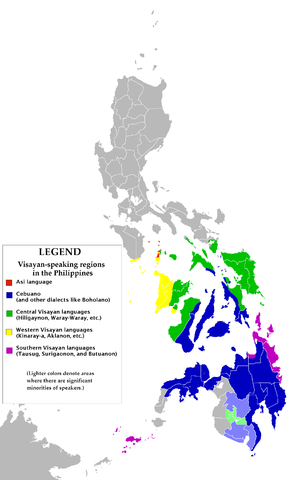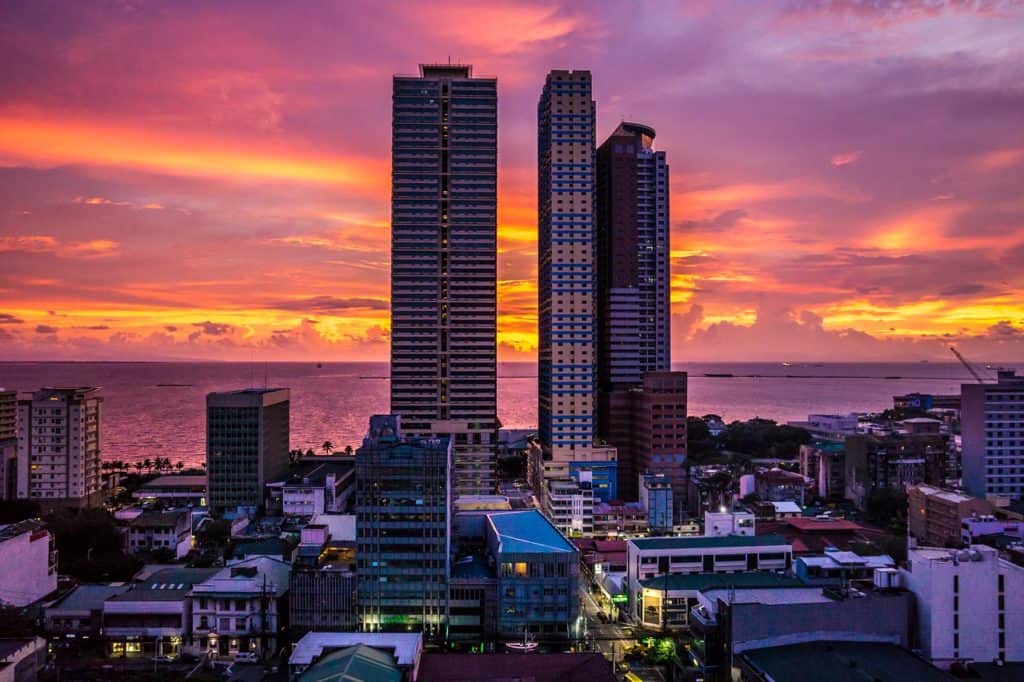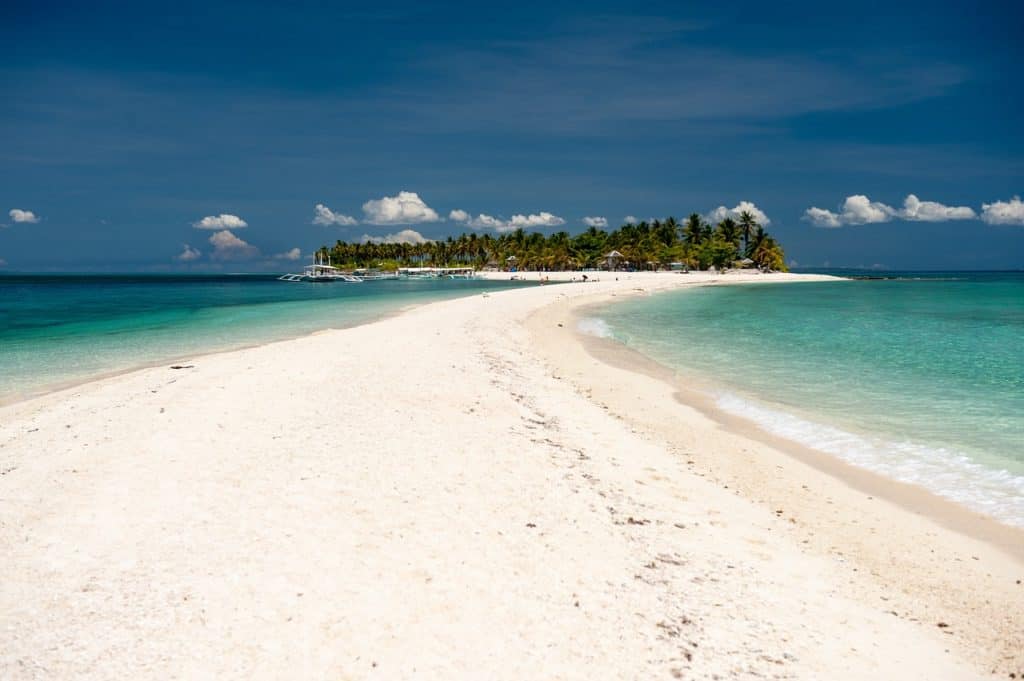
Spoken Language in the Philippines: A Rich Tapestry of Diversity and Identity 🌏
The Philippines, an archipelago of over 7,000 islands, is not only a mosaic of stunning landscapes but also a rich tapestry of spoken languages. As we delve into the heart of this linguistic kaleidoscope, we uncover the historical roots, cultural significance, and modern challenges that shape the spoken language in this captivating Southeast Asian nation.
Historical Roots 🌍
The evolution of spoken language in the Philippines is a fascinating journey through centuries of cultural interaction. Indigenous languages, influenced by Malay, Chinese, and Arabic, laid the foundation. The arrival of Spanish colonizers in the 16th century introduced new linguistic elements, creating a unique blend that echoes through Filipino dialects today.
Major Filipino Dialects 🗣️
The diversity of the Philippines extends to its languages, with over 170 dialects spoken. From the Ilocano in the north to the Cebuano in the Visayas, each region boasts its linguistic identity. This vast linguistic landscape reflects the country’s complex history and the amalgamation of diverse cultural influences.
Tagalog: The National Language 🇵🇭
While regional dialects thrive, Tagalog stands as the national language, fostering unity among the Filipino people. The decision to adopt Tagalog as the official language was a deliberate move to bridge the linguistic gap in this ethnically diverse nation. Its roots trace back to the Tagalog-speaking regions, emphasizing the need for a common language to facilitate communication across the archipelago.
English as a Second Language 🌎
In the Philippines, English is not merely a foreign language; it’s a second language deeply ingrained in the national fabric. Used in education, business, and governance, English plays a pivotal role in connecting Filipinos with the global community. This proficiency in English contributes to the country’s competitiveness on the international stage.
The 170 Languages of the Philippines 🌏
The linguistic landscape of the Philippines is incredibly diverse, with over 170 languages spoken across the archipelago. These languages vary from major dialects to smaller, region-specific tongues. Each language contributes to the country’s cultural richness, reflecting the historical influences and indigenous roots that have shaped Filipino identity.
Twelve Prominent Languages in the Philippines 🎙️
Within this vast array of languages, twelve stand out for their historical and cultural significance. These languages, including Cebuano, Ilocano, Hiligaynon, and Waray, play a crucial role in shaping regional identity and facilitating communication. Understanding these prominent languages provides insights into the cultural intricacies of different Filipino communities.
How Many Languages in the Philippines in 2023? 📅
The linguistic landscape of the Philippines is dynamic, with languages evolving and adapting to societal changes. As of 2023, the exact number of languages spoken may vary, influenced by factors such as migration, urbanization, and globalization. Keeping track of linguistic trends provides valuable insights into the evolving nature of communication in the Philippines.
List of Dialects in the Philippines 📝
To grasp the full spectrum of linguistic diversity, it’s essential to explore the myriad dialects spoken in the Philippines. From the intricate tones of Chavacano to the unique rhythm of Pangasinan, each dialect carries its own cultural nuances. A comprehensive list of dialects offers a glimpse into the linguistic richness that defines Filipino communication.
Tagalog Language 📖
As the national language, Tagalog holds a special place in Filipino culture. Its linguistic evolution from Old Tagalog to Modern Filipino reflects the country’s historical and cultural journey. Understanding Tagalog goes beyond mere communication; it unveils the essence of Filipino identity embedded in the language’s structure, expressions, and idioms.
The Philippines Language Translator 🗣️💻
In a nation with such linguistic diversity, language translation becomes a crucial bridge for effective communication. Language translators play a vital role in facilitating understanding between speakers of different dialects. The use of translation services has become increasingly prevalent, contributing to smoother interactions in various spheres of life.
Filipino Language 🇵🇭
The distinction between Tagalog and Filipino is an important aspect of linguistic understanding. While Tagalog serves as the foundation, Filipino encompasses a broader scope as the national lingua franca. Filipino bridges the linguistic gap, enabling communication among Filipinos with different native languages.
How Many Dialects in the Philippines? 🤔
The terminology surrounding languages and dialects can be complex. While the Philippines is home to numerous languages, the categorization of dialects adds another layer of linguistic richness. Understanding the distinctions between languages and dialects is essential for appreciating the complexity of Filipino communication.
Dialects in the Philippines 🗣️
Exploring specific dialects unveils the intricacies of communication in various regions. From the sing-song rhythm of Ilonggo to the melodic tones of Kapampangan, each dialect carries a unique cultural imprint. Dialects not only facilitate communication but also serve as cultural markers, preserving traditions and local identity.
National Language of the Philippines 🇵🇭
The concept of a national language is significant in fostering unity and identity. In the Philippines, the dual status of English and Filipino as official languages reflects the country’s commitment to linguistic inclusivity. This duality acknowledges the historical influences and the need for a common language for all Filipinos.
Language in the Philippines 🗣️
Language is not merely a tool for communication in the Philippines; it is a cultural marker and identity builder. The rich linguistic tapestry woven across the archipelago reflects the resilience, warmth, and diversity of the Filipino people. Language serves as a mirror, reflecting the values and traditions that define Filipino society.
Native Language 🏡
The importance of native languages cannot be overstated in preserving cultural heritage. Efforts to promote and protect native languages are vital for maintaining the unique identities of different Filipino communities. Native languages are not just a means of communication; they are the living repositories of traditions, stories, and shared experiences.
First Language in the Philippines 🎓
In a multilingual nation, the concept of a first language carries cultural implications. The first language, often the language spoken at home, shapes an individual’s worldview and sense of identity. Understanding the dynamics of multilingualism provides insights into the complex interplay of language and culture in the Philippines.
Official Language of the Philippines 📜🇵🇭
The Philippines stands out as a nation with two official languages, English and Filipino. This dual linguistic status reflects the historical influences of colonization and the subsequent quest for national identity. The coexistence of English and Filipino emphasizes the inclusivity and adaptability embedded in the Filipino approach to language.
Modern Challenges 🌐
The modern era brings both opportunities and challenges to spoken language in the Philippines. Globalization, technological advancements, and societal shifts influence the way Filipinos communicate. Navigating these challenges while preserving linguistic diversity requires a delicate balance between tradition and adaptation.
Language Preservation Efforts 🌱
Recognizing the importance of linguistic heritage, various initiatives are underway to preserve and promote indigenous languages. Community-based language programs, educational campaigns, and governmental support contribute to the ongoing efforts to safeguard the linguistic diversity of the Philippines.
Influence of Media 📺
In the digital age, media plays a significant role in shaping spoken language. Social media platforms, in particular, serve as dynamic arenas where language evolves and adapts. The influence of media on language extends beyond communication, impacting societal norms, expressions, and even the creation of new linguistic trends.
Code-Switching Phenomenon 🔄
Code-switching, the practice of alternating between two or more languages in conversation, is a common phenomenon in Filipino communication. Whether seamlessly moving between English and Tagalog or integrating regional dialects, Filipinos engage in code-switching to convey meaning with depth and nuance.
Language in Education 📚
The role of language in the Filipino education system is multifaceted. Bilingual education, where students learn in both Filipino and English, aims to equip them with language proficiency for diverse contexts. However, challenges such as resource allocation and teacher training highlight the need for continuous improvement in language education.
Language and Identity 🤝
Spoken language in the Philippines is intricately linked to individual and collective identity. Beyond facilitating communication, language serves as a marker of regional affiliations, cultural heritage, and social connections. The preservation of language is, therefore, not just a linguistic endeavor but a commitment to safeguarding the diverse identities that constitute Filipino society.
Linguistic Diversity in Urban vs. Rural Areas 🏙️🏞️
The contrast in language use between urban and rural settings adds another layer to the complexity of Filipino communication. Urbanization brings with it a fusion of languages, contributing to the emergence of urban dialects. In contrast, rural areas often maintain a stronger connection to traditional linguistic roots, showcasing the adaptability of language to different environments.
Future Trends 🔮
As the Philippines strides into the future, the trajectory of spoken language remains dynamic. Technological advancements, societal changes, and increased global interactions will continue to shape the linguistic landscape. Predicting future trends requires a nuanced understanding of the delicate balance between preserving heritage and embracing innovation.
Conclusion 🌈
In concluding our extensive exploration of spoken language in the Philippines, it becomes clear that the linguistic diversity is as vast as the nation’s geographical expanse. From the historical roots and the prominence of specific languages to the modern challenges and future trends, language in the Philippines is a dynamic and evolving force. As Filipinos continue to navigate the complexities of multilingualism, the preservation of linguistic heritage and the adaptability to global trends will play a pivotal role in maintaining the unique and vibrant spoken language of the Philippines.
Frequently ask questionsFAQs ❓
What are the 170 languages in the Philippines?
The Philippines is home to over 170 languages, each contributing to the rich tapestry of linguistic diversity.
What are the official languages of the Philippines?
The Philippines has two official languages: English and Filipino. This dual status reflects the historical influences and the country’s commitment to linguistic inclusivity.
How many languages are spoken in the Philippines?
The Philippines boasts over 170 languages, reflecting its diverse cultural and historical influences.
Can you provide a list of dialects in the Philippines?
The Philippines has a multitude of dialects, each with its unique characteristics. A comprehensive list would include languages such as Cebuano, Ilocano, Hiligaynon, Waray, and more.
What is the national language of the Philippines?
The national language of the Philippines is Filipino, which is based on Tagalog. English also holds official status, emphasizing linguistic inclusivity.


